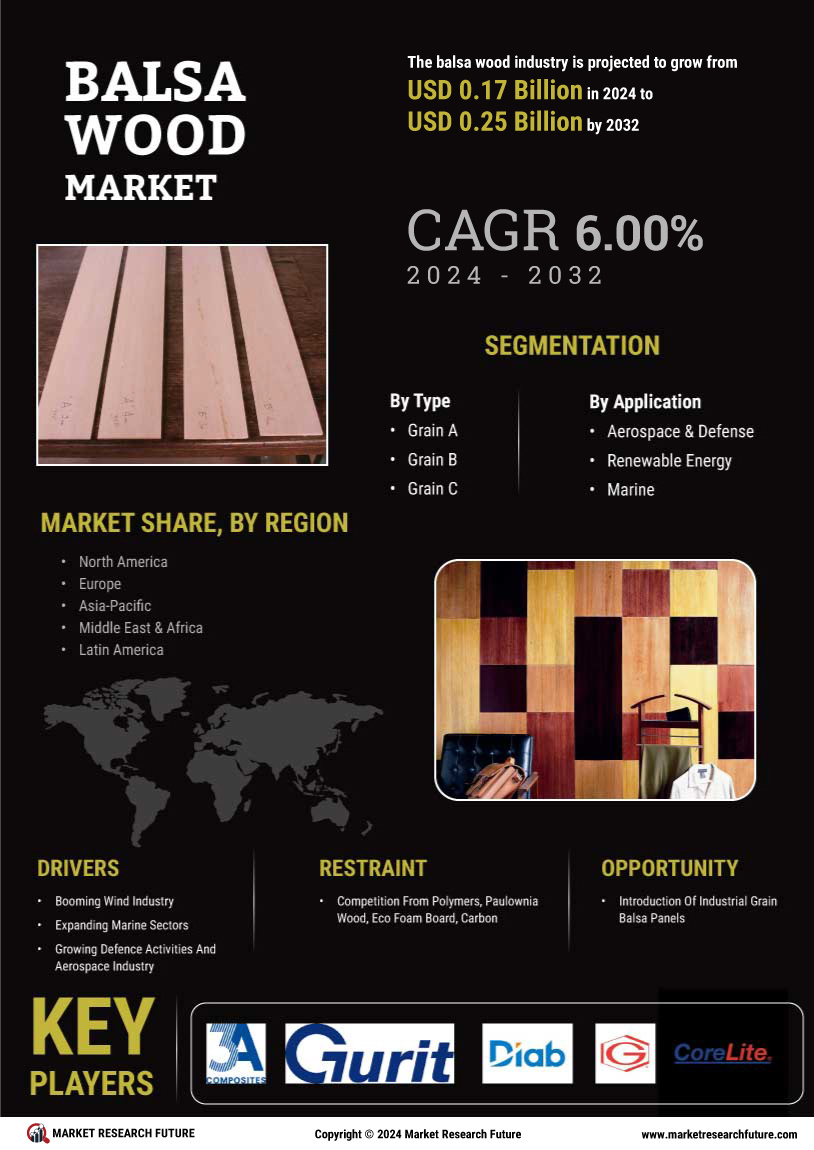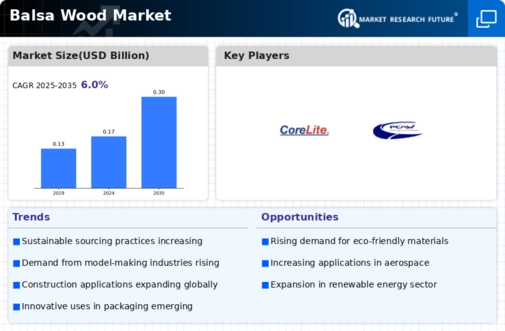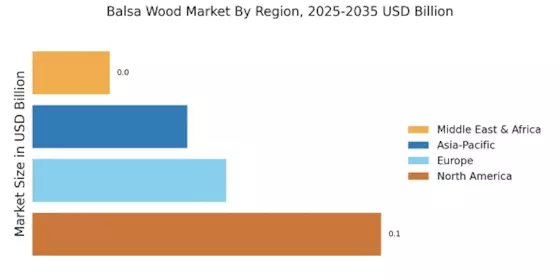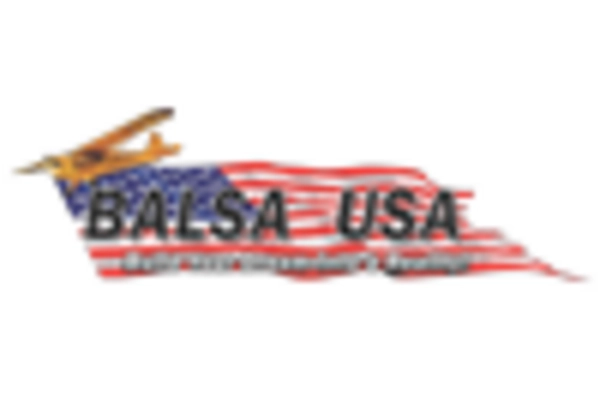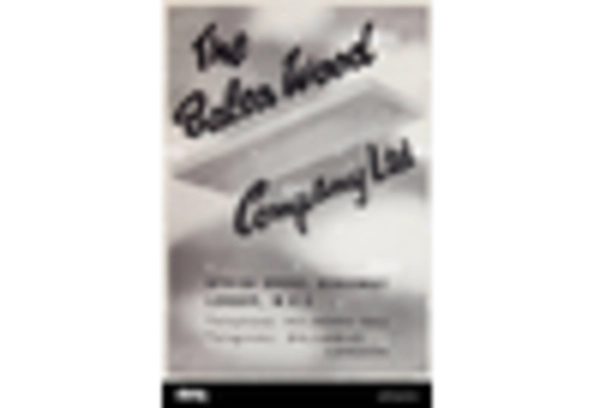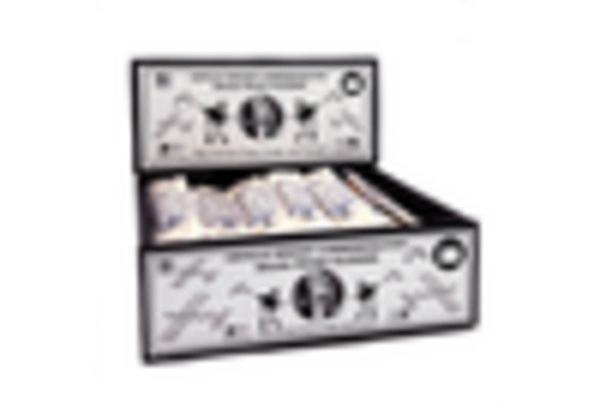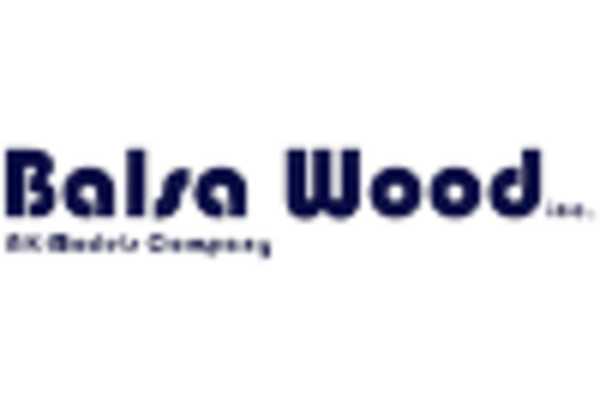Leading market players are investing heavily in research and development to expand their product lines, which will help the balsa wood market grow even more. Market participants are also undertaking various strategic activities to expand their footprint, with important market developments including new product launches, contractual agreements, mergers and acquisitions, higher investments, and collaboration with other organizations. To expand and survive in a more competitive and rising market climate, the balsa wood industry must offer cost-effective items.
Manufacturing locally to minimize operational costs is one of the key business tactics manufacturers use in the balsa wood industry to benefit clients and increase the market sector. Major players in the balsa wood market, including Gurit, CoreLite Inc, Guangzhou Sinokiko Balsa Co. Ltd, 3A Composites, The Gill Corporation, DIAB International AB, The PNG Basla Company Ltd, and others, are attempting to increase market demand by investing in research and development operations.
Tornado Group was founded in 2001 and has gained a reputation as one of the country's major contractors by providing quality services for clients across various sectors such as commercial, residential, education, public facilities, hospitality, healthcare, airports and themed projects.
In September Tornado Updraft gave balsa-wood model planes an electric RC makeover. The remote-control aircraft comes as an assemble-it-yourself kit, resulting from a collaboration between US companies Nighthawk Gliders and PowerUp Toys. While the former designed the balsa wood body, the latter supplied the PowerUp 4.0 electric drive module.
As the result of a successful Kickstarter campaign, the 4.0 module can also be added to user-folded paper airplanes. PowerUp additionally offers it in kits that include lightweight foam airplane bodies.
June 2021
3A Composites is part of the Schweiter Technologies group and operates as a division within the company. With a rich heritage from the 1950s, 3A Composites has established itself as a trusted and innovative supplier in the composite materials industry. The company provides lightweight and high-performance materials for various sectors, including architecture, transportation, marine, wind energy, and industrial applications.
In February 2021, 3A Composites Core Materials, famous for the manufacturing of high-performance, sustainable core materials, announced the signing of a two-year technical cooperation agreement with the Achuar Nationality of Ecuador for the promotion of sustainable forestry practices and also accountable development, processing, and harvesting of balsa wood for native communities. The Achuar Nationality of Ecuador is an NGO protected by the Ecuadorian Constitution with the main target of reestablishing, protecting, and diffusing its language, culture, and traditions.
Balsa wood has recently been noted for its ability to clean up imperfections in scaffolding that can make it have holes and absorb water easily.
